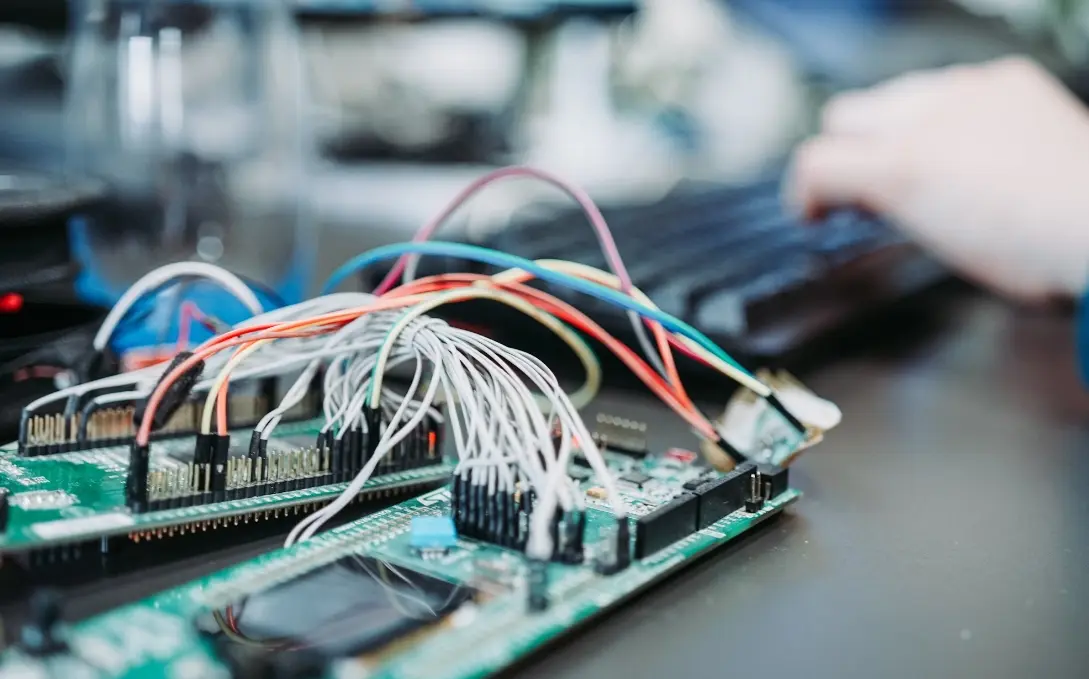
What is the IEC 60601-2-77 Testing Standard?
iec 60601-2-77 is a dedicated international safety standard issued by the International Electrotechnical Commission (IEC) specifically for extracorporeal shock wave lithotripters. It outlines comprehensive requirements in three key areas: electrical safety, mechanical performance, and clinical efficacy. Below is a detailed summary of critical parameters and their specifications, based on the standard text and industry practices.
Electrical Safety Parameters
Leakage Current Limits:
Patient leakage current: ≤ 0.1 mA (normal condition), ≤ 0.5 mA (single faULt condition)
Enclosure leakage current: ≤ 0.1 mA (normal), ≤ 0.5 mA (fault condition)
The voltage drop across the grounding path must ensure fault current is safely diverted to ground.
Dielectric Strength:
Between power input and ground: 4000 V RMS for 1 minute with no breakdown
Between applied parts and ground: 2500 V RMS for 1 minute with no breakdown
Purpose: Ensures electrical isolation between high-voltage components (e.g., shock wave driver modules) and patient-contacting parts.
Mechanical Performance Parameters
Focusing Accuracy:
Focal spot diameter: ≤ 3 mm (radial), ≤ 10 mm (axial)
Positional repeatability: ±1 mm in 3D space
Test Method: MeasuRED via hydrophone arrays to map pressure fields and confirm energy is focused on the target zone.
Shock Wave Energy Stability:
Energy output deviation: ≤ ±20% over 100 consecutive pulses
Voltage stability: ≤ ±5% deviation at treatment setting (e.g., 15 kV setting yields 14.25–15.75 kV output)
Purpose: Prevents incomplete stone fragmentation or unintended tissue damage due to energy fluctuation.
Shock Wave Source Lifespan:
Discharge cycles: ≥ 100,000 (electromagnetic type), ≥ 50,000 (electrohydraulic type)
Maintenance: Performance check every 5000 discharges (e.g., electrode wear, capacitor degradation)
Clinical Efficacy Parameters
Peak Pressure Range:
Treatment range: 50–100 MPa for lithotripsy, 1.5–4 MPa for tissue regeneration
Safety threshold: ≤ 0.3 mJ/mm² (for ESWT applications)
Test Method: PVDF piezoelectric sensors measure pressure waveforms to ensure peak pressure matches target energy density.
Waveform Characteristics:
Pressure rise time: ≤ 10 ns (from 10% to 90% of peak pressure)
Pulse width: 1–2 µs (full width at half maximum)
Repetition rate: Adjustable between 1–15 Hz
Purpose: Sharp rise time enhances stone fragmentation, while lower frequencies help minimize thermal injury to tissues.
Imaging & Targeting Precision:
Ultrasound (B-mode) targeting error: ≤ 2 mm (lateral), ≤ 3 mm (axial)
X-ray targeting error: ≤ 1 mm in 3D
Purpose: Ensures precise overlap of the focal zone and the stone, reducing the risk of collateral tissue damage.
Environmental and Operational Parameters
Operating Conditions:
Temperature: 10–40°C
Relative Humidity: 30–75% (non-condensing)
Altitude: ≤ 2000 meters
Power supply: AC 220V ±10%, 50/60 Hz, Max power ≤ 1000 VA
Human-Machine Interface:
Touchscreen response time: ≤ 0.5 seconds
Interface language: Supports multiple languages, including English and Chinese
Alarm system: Audible and visual alerts for over-voltage, under-voltage, and abnormal temperature
Key Testing and Verification Requirements
Energy Density Measurement:
Method: Hydrophone-based pressure waveform capture combined with integration algorithms to calculate energy density (unit: mJ/mm²)
Calibration: Performed every 6 months using a standard pressure sensor
Cavitation Control:
Negative pressure threshold: ≤ -10 MPa (to prevent excessive cavitation and tissue damage)
Test Method: High-speed imaging to observe bubble dynaMICs and ensure cavitation is confined to the target area
Electromagnetic Compatibility (EMC):
Immunity: Meets IEC 60601-1-2 standards; stable operation under electromagnetic fields of 1 V/m (80 MHz–2.5 GHz)
Emissions: ≤ 30 dBμV/m (30 MHz–1 GHz)
Typical Parameter Comparison (Electromagnetic Lithotripter Example)
Treatment Voltage Range:
Standard: 10–18 kV (continuously adjustable)
Clinical Devices: 10–17 kV
Focal Peak Pressure:
Standard: 6–30 MPa
Clinical Devices: 8–25 MPa
Focal Zone Size (Radial / Axial):
Standard: ±7 mm / 45–50 mm
Clinical Devices: ±7 mm / 45–50 mm
Energy Density (for therapy):
Standard: 0.1–0.3 mJ/mm²
Clinical Devices: 0.15–0.25 mJ/mm²
Treatment Depth:
Standard: ≥110 mm
Clinical Devices: 120–150 mm
Technical Challenges in Implementation
Precision Energy Control
Requires a closed-loop feedback system (e.g., real-time shock wave pressure monitoring) to maintain energy output error below 5%.
Multimodal Targeting Integration
Combining ultrasound and X-ray imaging necessitates image fusion technologies to improve localization accuracy (error ≤ 1 mm).
Intelligent Safety Design
AI algorithms can automatically identify patient body shape and stone location, dynamically adjusting energy parameters (e.g., peak pressure based on BMI).
IEC 60601-2-77 establishes rigorous specifications for electrical safety, mechanical performance, and clinical efficacy to ensure the safety and reliability of extracorporeal shock wave lithotripters. These parameters are not only vital design guidelines but also serve as critical benchmarks for clinical risk management. As non-linear acoustics and intelligent control technologies evolve, the standard is expected to expand its scope—refining waveform optimization and tissue safety monitoring—to advance precision and minimally invasive stone treatment.
More: uk psti | 5g compliance testing | emi testing labs | weee registration
Email:hello@jjrlab.com
Write your message here and send it to us
 What Are CE and WEEE Marks
What Are CE and WEEE Marks
 What Are WEEE Regulations
What Are WEEE Regulations
 California Proposition 65 Testing
California Proposition 65 Testing
 Footwear Testing Laboratory
Footwear Testing Laboratory
 Food Contact Material Testing
Food Contact Material Testing
 How to Get WEEE Certification
How to Get WEEE Certification
 Labubu Toy Export Certification Guide
Labubu Toy Export Certification Guide
 How to Get MSDS Sheets
How to Get MSDS Sheets
Leave us a message
24-hour online customer service at any time to respond, so that you worry!




